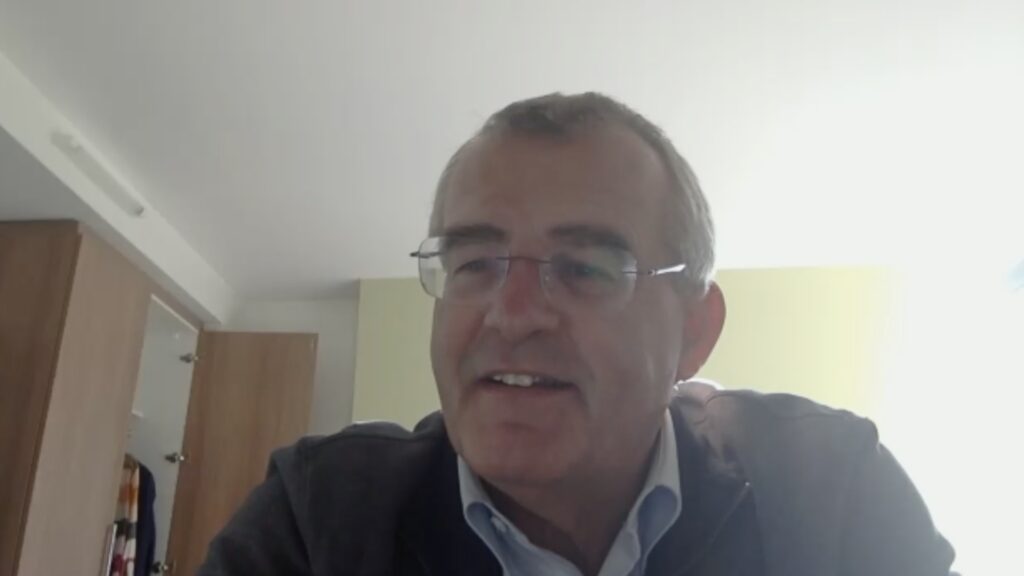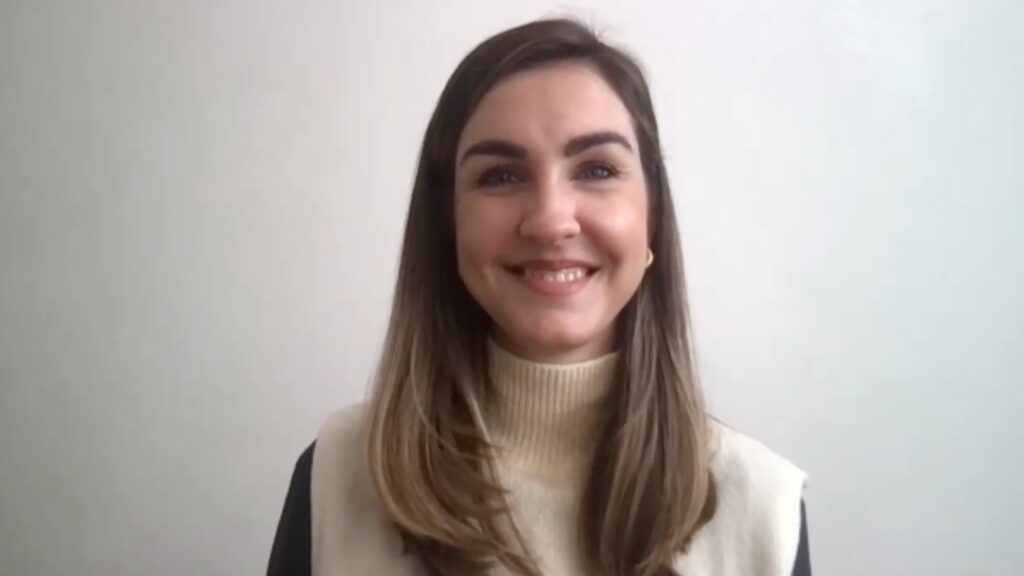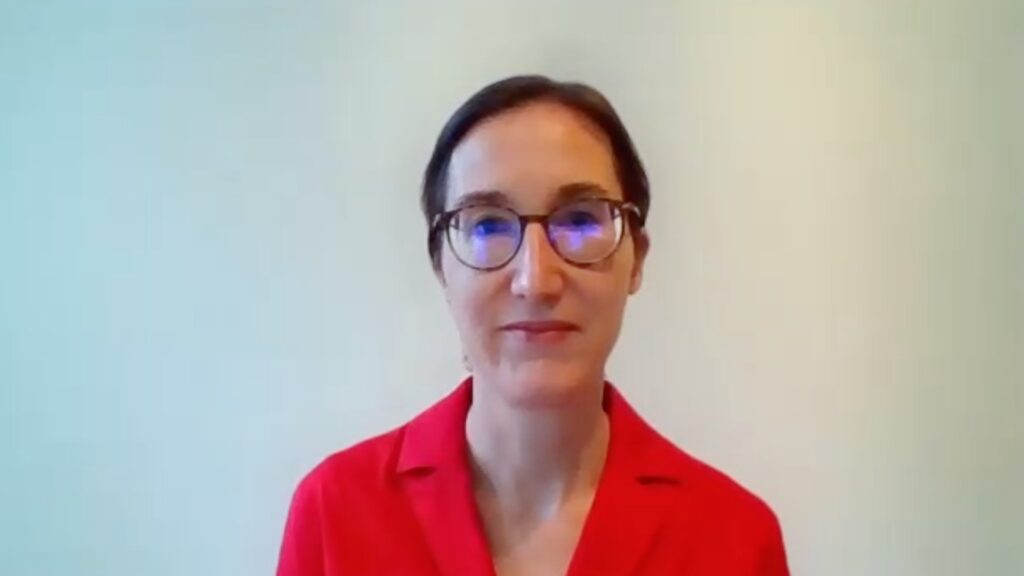It was a pleasure to meet with Dr Clive Kelly (University of Newcastle-upon-Tyne, Newcastle, UK) to talk around his presentation on ‘Effects of nintedanib in patients with progressive fibrosing interstitial lung disease associated with rheumatoid arthritis (RA-ILD) in the INBUILD trial.‘ (OP0124), which was presented at the European Congress of Rheumatology 2021, 2-5 June 2021.
Questions
- Could you give us a brief overview of the epidemiology, diagnostics, treatment challenges and prognosis of rheumatoid arthritis-associated interstitial lung disease (RA-ILD)? (0:21) ILD occurs in up to 40% of RA patients but is only clinically relevant in 20% of these. Symptoms include cough and breathlessness, and the diagnosis is made with a high resolution CT chest scan. This allows us to decide the likely stage and prognosis of the ILD which in turn informs treatment decisions. If the process is inflammatory we will often use either immunosuppressives (if the lung disease is dominant) or biologics (if joint disease predominates). If the process is fibrotic we prescribe anti-fibrotics.
- What did the INBUILD trial teach us about the effects of nintedanib in patients with progressive fibrosing interstitial lung disease other than idiopathic pulmonary fibrosis (IPF)? (1:45) That the evidence is that nintedanib will more than halve the rate of decline in respiratory function as measured by the reduction in vital capacity over a 12 month period.
- What were the aims and methodology of the analysis you are presenting? (2:40) To see whether the subgroup of patients with RA-ILD responded as well as the group as a whole to nintedanib.
- What were the findings of this analysis? (3:09) They responded at least as well as the group overall.
- What are the implications of these findings for the ILD community? (3:49) That patients with progressive fibrotic RA-ILD should benefit from the use of an antifibrotic in reducing the rate of decline in lung function and extending their life expectancy as a result.
Disclosures: Clive Kelly advises Boehringer-Ingelheim on various aspects of ILD related to CTDs and is in receipt of payments for roles on the Advisory Board and for giving talks and discussing new ideas about ILD, its diagnosis and management.
Support: Interview and filming supported by Touch Medical Media. Interview conducted by Victoria Jones.
Filmed as a highlight of EULAR 2021 (Virtual).










